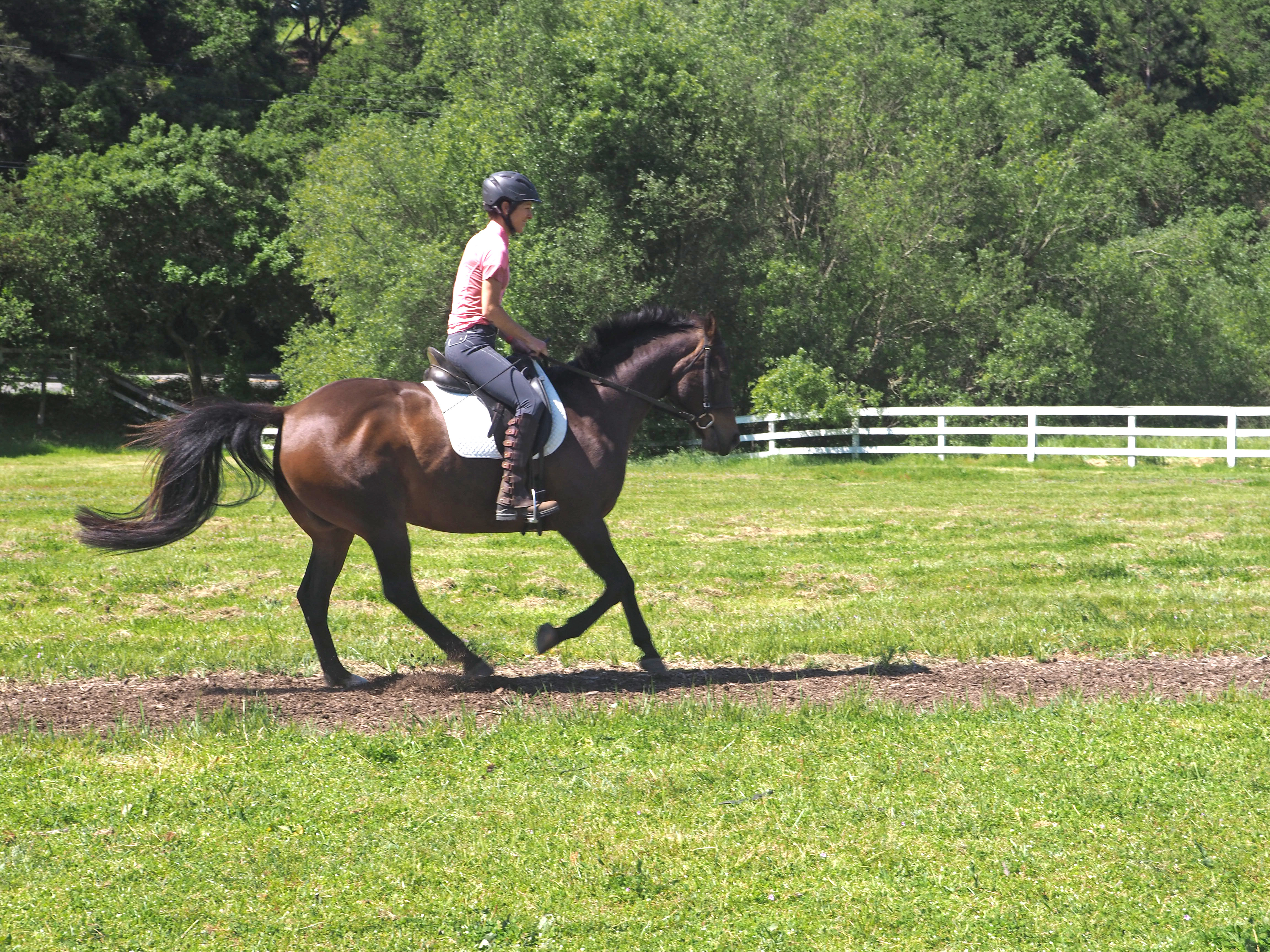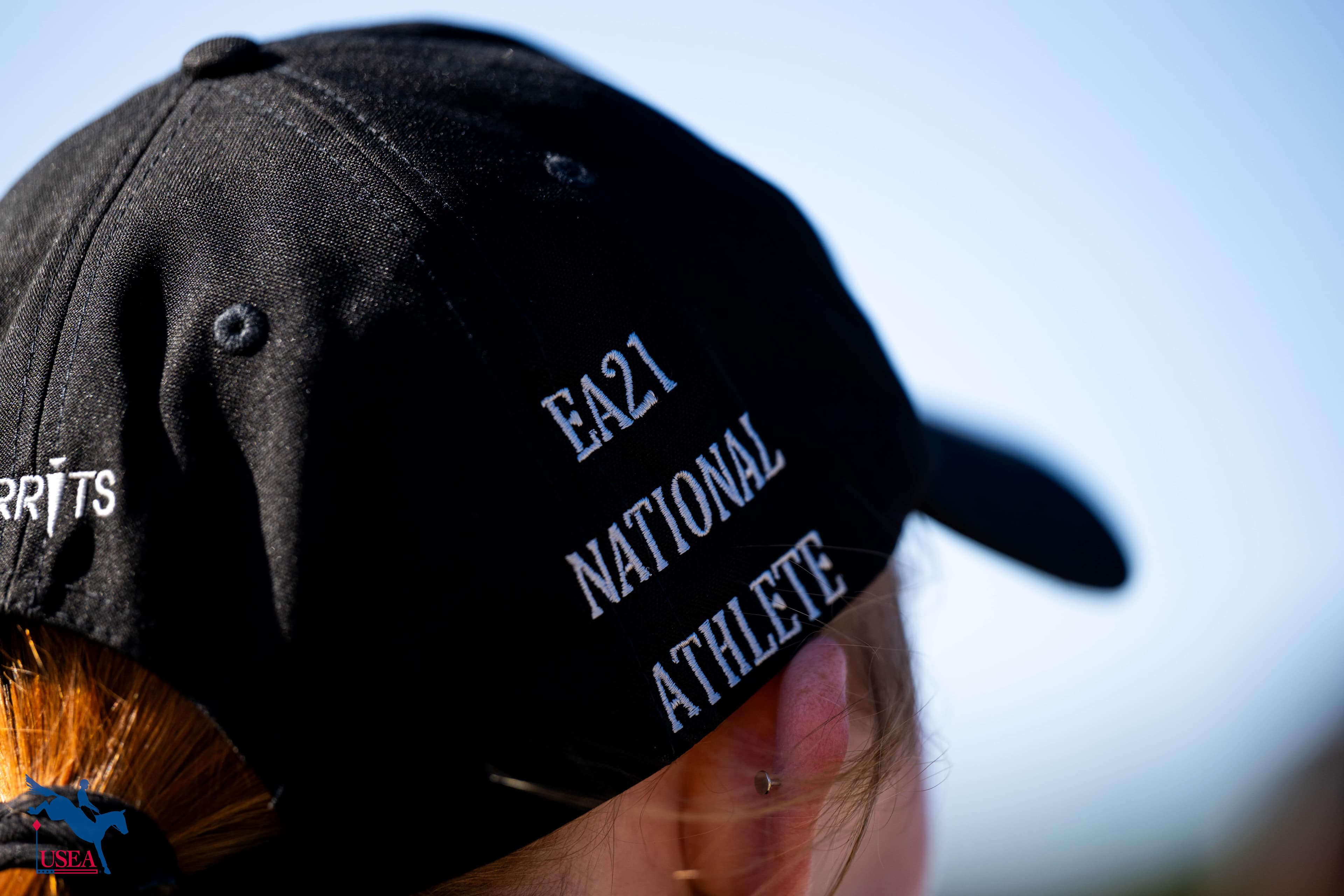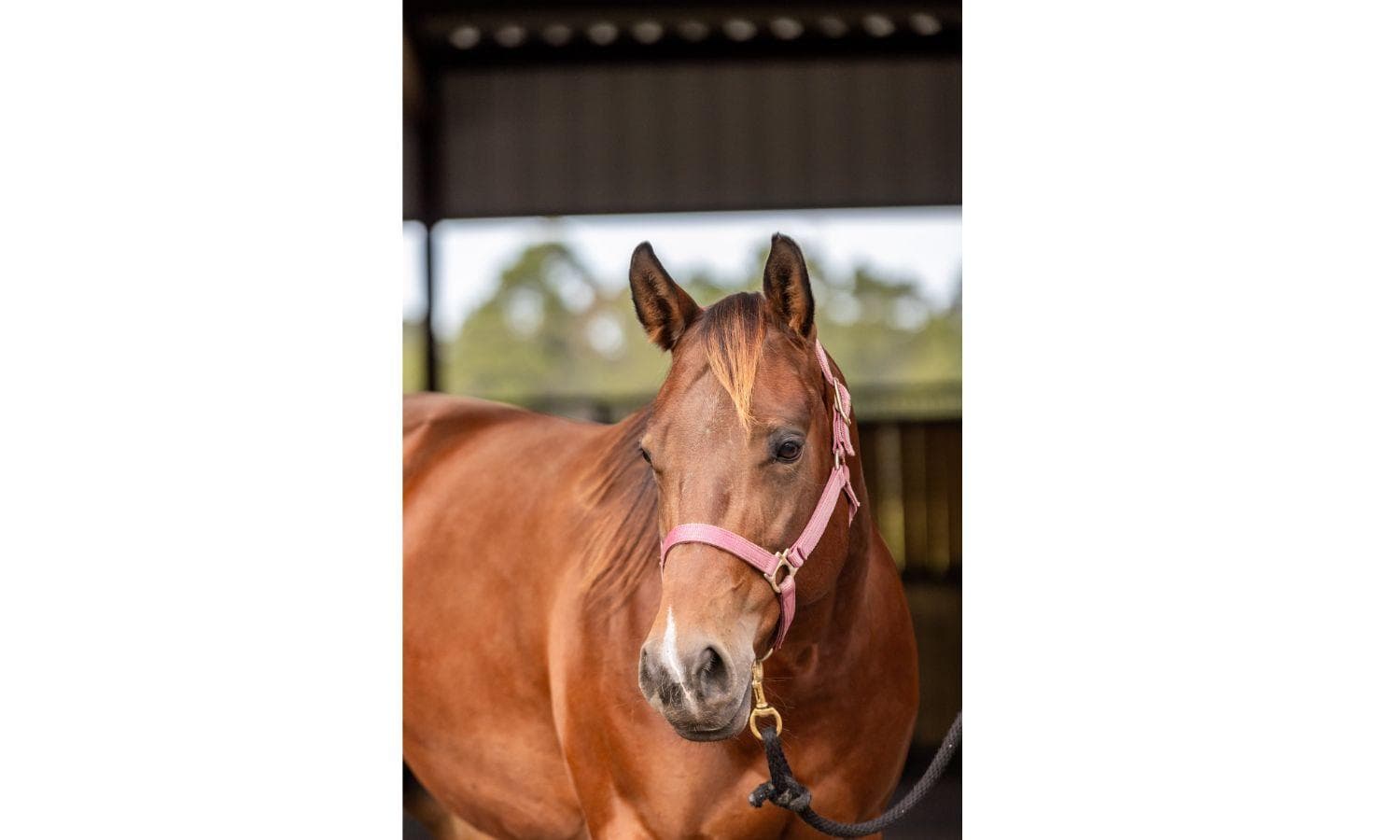33 Strength and Fitness Workouts for Horses

The following is an excerpt from 33 Strength and Fitness Workouts for Horses by equine training and conditioning expert Jec Aristotle Ballou. Strength routines and this workout are for horses and riders with a good existing level of fitness who are working toward increased strength and endurance.
Strength Routines (Short but Serious)
Due to the concentration of workload, strength-based workouts are relatively short. When stimulus is applied in consolidated efforts, the necessary load to create adaptations is usually accomplished by 10 to 20 minutes of cumulative work.
Unlike with human athletes, gains are often unrealized by taking horses to the point of total fatigue during strength sessions. Instead, accumulated stress of connective tissues can lead to dysfunction. Rather than making positive gains, the horse accumulates wear and tear. Ligaments are especially susceptible to strain and overload once muscles reach fatigue. The goal is to tax the horse nearly to the point of fatigue but not push past the line of diminishing returns.
For this reason, the duration of each exercise and the outline of the workout should be followed closely. Unless you are working with a coach to modify workouts to meet specific requirements, do not extend the length of reps. This can be tempting if you and your horse enjoy a particular routine or you want to spend several minutes refining a certain aspect of the overall performance. Remember, workout days are not for nit-picking or schooling new skills.

Did You Warm Up?
Prior to each workout in this chapter and the next, you will need to warm up. Remember, this means at least 10 minutes of brisk walking, followed by 5 to 10 minutes of livelier gaits. You might choose to modify one of the Groundwork routines we covered in chapter 4 (p. 000), ride in the arena, or hack around the fields and roads. Just be sure to prime the horse’s body before starting the clock on a workout.
“Hard” Workout Days: Why and When
Once a fitness foundation is in place, hard efforts do wonders for a horse’s body. In this case, “hard” does not mean that the effort is mentally stressful or painful, or that you are teaching the horse a complex new skill. It means you are helping the horse’s body reach its full athletic capacity in small repeatable bouts that lie outside the normal efforts of everyday schooling and training. Beyond improving the strength of muscles, it improves their function. Hard efforts require more from the metabolic system and leave it better able to “fire” and fuel all muscle fiber types; they improve muscles’ ability to fully activate, to generate power, and to shuttle away acidic waste byproducts of forceful contractions. Routine experiences like the ones I explain in this chapter make the body not only stronger but more efficient, metabolically and physically.
Aside from these mechanical benefits, hard efforts improve the connections between muscles and the nerves that control them. They sharpen communication between muscles and their sensory and motor nerves. You can think of this as ensuring all the “electrical wiring” is hooked up and working well. This is especially crucial in cases where horses have done a lot of repetitive schooling. When a horse is ridden in an arena daily, for example, at the same energy levels, performing similar tasks, neuromuscular connections weaken. In our electricity analogy, the wires become corroded or loose. They need to be retightened and cleaned so the lights come on brightly as opposed to flickering.
Another value of hard intensity efforts is their brevity. Because they occur within a relatively short duration, they produce conditioning results while minimizing repetitive stress on the horse’s body.
The productivity of hard workouts becomes negligible unless they are performed on a regular basis. This consistency is what allows adaptations to stack up on each other week by week and lead to measurable physiological gains. Aim to do a hard workout every 6 to 10 days. Many riders find it helps to have the same designated day weekly, while others allow it to float around within 10-day windows.
Respiration Considerations: Does Your Horse Huff and Puff?
At some point, most riders aboard a horse that is breathing heavily will draw a conclusion about the horse’s fitness. Respiration, though, can be a fickle fitness marker. Respiratory rates are always telling us something important. They key is figuring out what the message is. It might sometimes tell you more about a horse’s mental state, physical tension, or plain old natural aptitude than his current fitness.
An unfit horse will indeed breathe heavy and hard when exercised. Our goal with better conditioning is to see the horse perform the same degree of exercise with very little elevation in his respiratory rate. Occasionally, however, a well-conditioned horse will still get winded when exercising at only a moderate level. This is explained by several factors, including the need to shed heat, a humid environment, underlying fatigue, a stressed immune system, dehydration, carrying extra weight, or poor air quality.
Most often when a horse with reasonable fitness begins “panting” during a routine trail outing or arena session, he is hot and trying to cool down. This is especially true for senior horses and naturally heavy-bodied breeds. It would be a miscalculation to automatically assume in this case that the horse is not fit enough for the task at hand and activity should be ceased.
Instead, the horse’s heart rate is a more accurate indicator of fitness, and it can be a good idea to take a reading and compare it with his breathing rate. If the heart rate is in a normal range but the horse is breathing hard, he is likely just hot. Does this mean you should stop what you are doing? Not necessarily. Make a habit of recording the time it takes your horse to regain a normal resting respiration rate when you pause activity. A horse’s average respiration rate at rest is between 8 and 20 breaths per minute. In hard efforts, it can briefly jump to 100. When he is hot, a horse will take rapid shallow breaths to dissipate heat. A time for concern is if breathing becomes labored, irregular, or it remains higher than his heart rate.
If he regains a resting rate within five minutes, it is generally fine to carry on with your ride. If on the other hand he keeps breathing heavily for well over 10 minutes (and his heart rate is in a normal range), it is worth stopping and figuring out ways to modify your schedule to exercise him without generating so much heat. Can he lose some weight? Can you ride when it is cooler outside? Can you pre-cool the horse by wetting its body before riding?
If his heart rate is not in a normal range and he is “panting,” he has exceeded his fitness level.

A Workout
The 4x3
Duration: Approximately 45 minutes
Benefits: Hard aerobic efforts are followed by ample recovery periods in this workout, which is best done in an open field or very large arena. The goal is to really move out while making minimal turns/corners. These gallop sets strengthen propulsive muscles.
How-To:
- For 12 to 15 minutes: Warm up at walk and easy trot.
- For 3 minutes: Fast canter.
- For 2 minutes: Rest at walk.
- Repeat Steps 2 and 3 a total of four times.
- Finish with 5 minutes easy trotting plus 5 minutes walking.
Tip: If your own stamina is challenged by this workout, try riding in two-point. Be mindful that you do not slow the horse down to make the ride easier if you get winded.
[Image 1]
Caption
A 3-minute canter interval before a short walk break.
[Image 2]
Caption
Finish the workout with 5 minutes of easy trotting, then 5 minutes of walking.
For more information and to order, visit https://trafalgarbooks.com/products/33-strength-and-fitness-workouts-for-horses.














